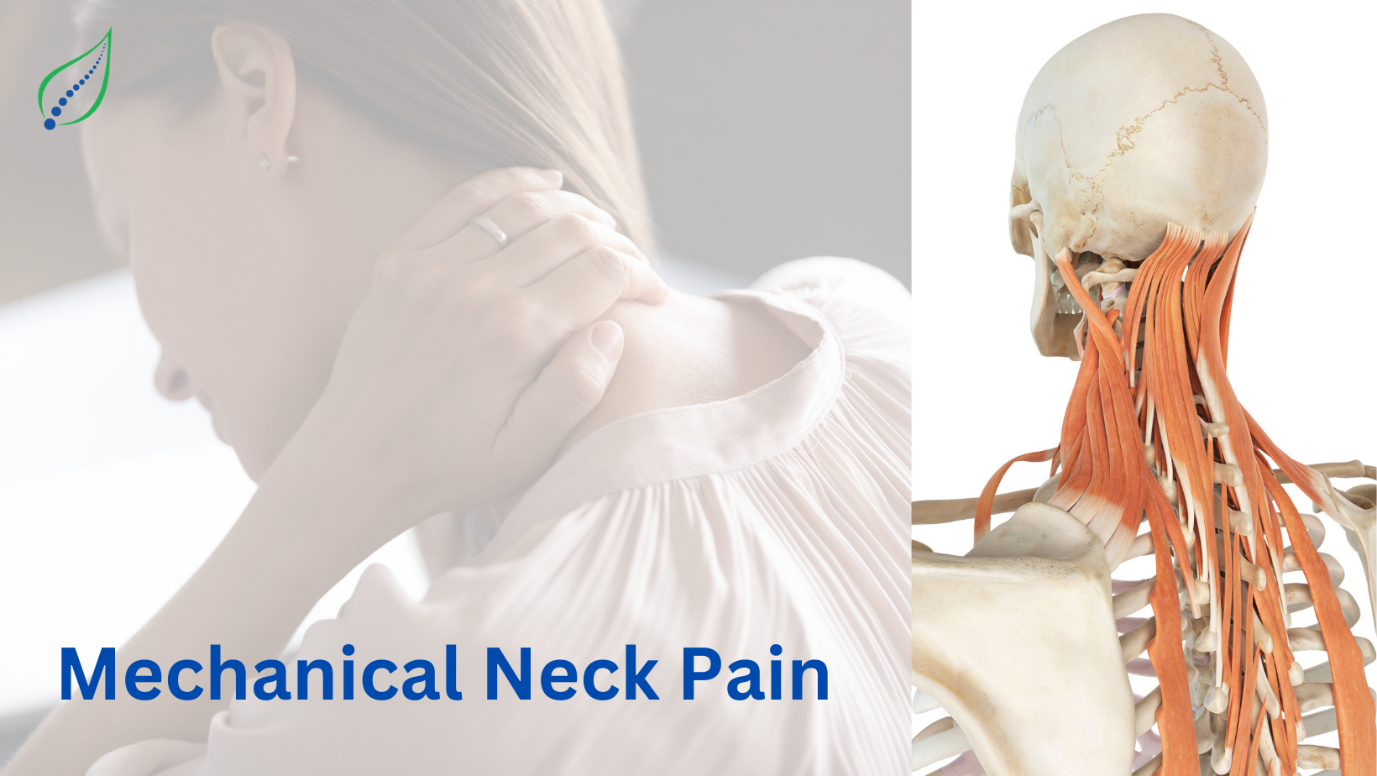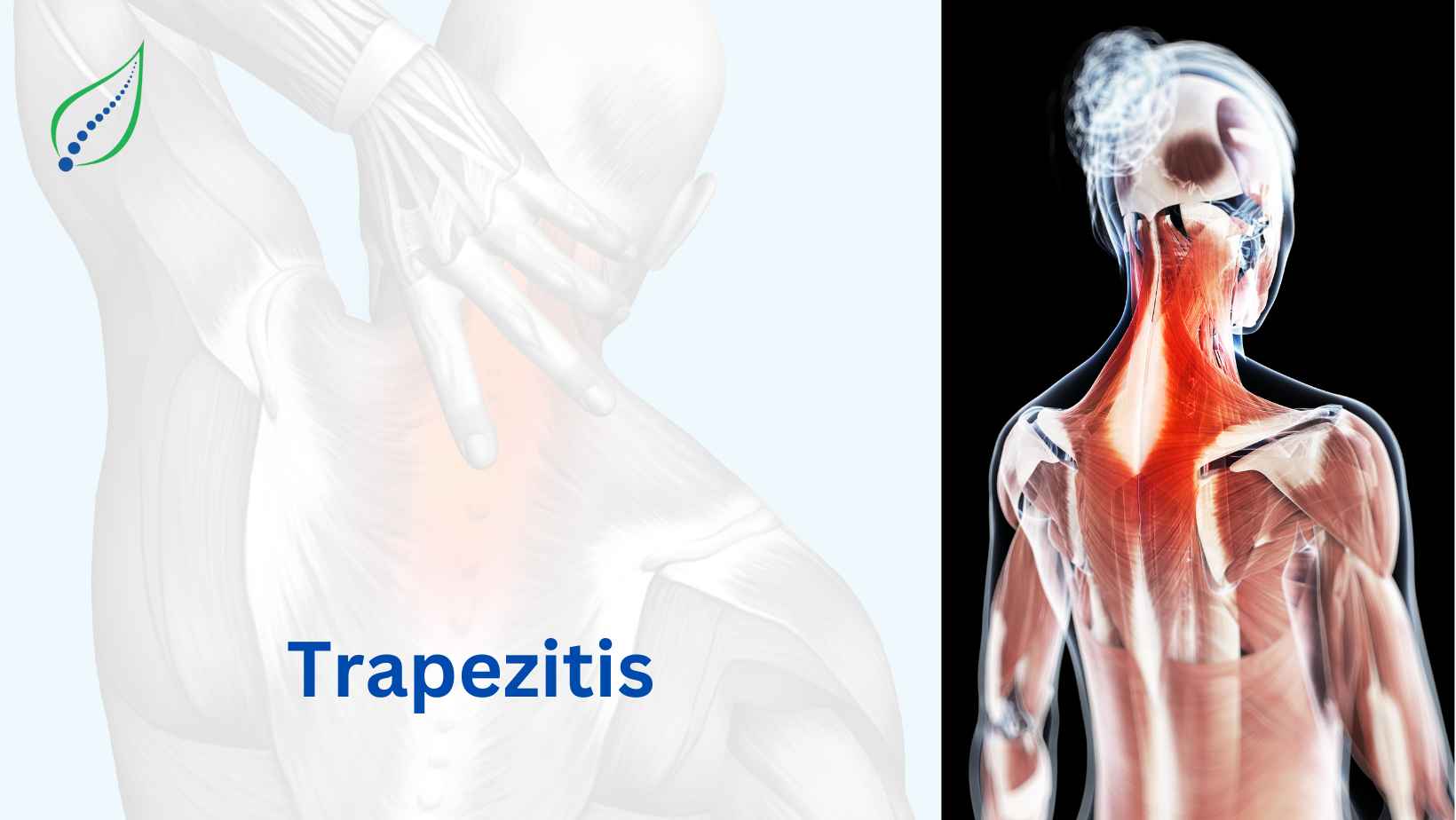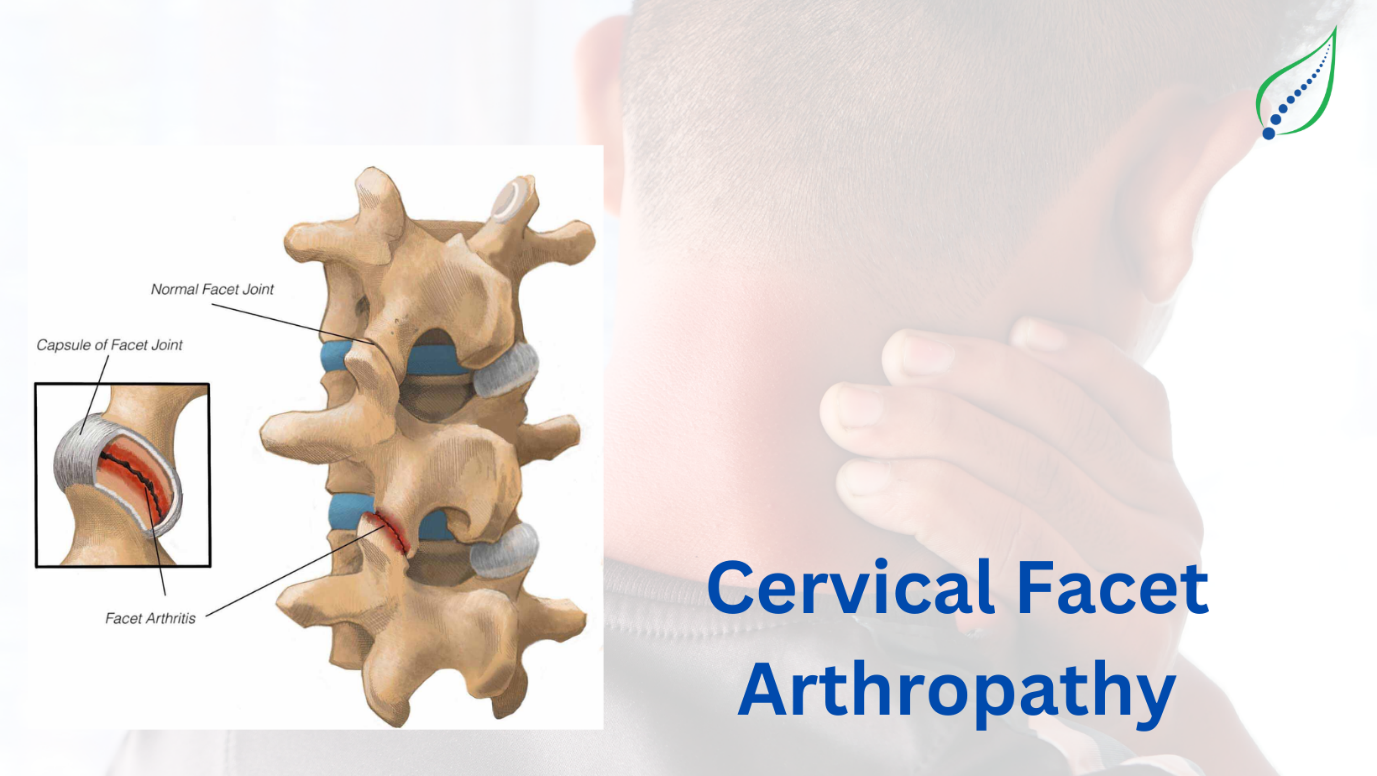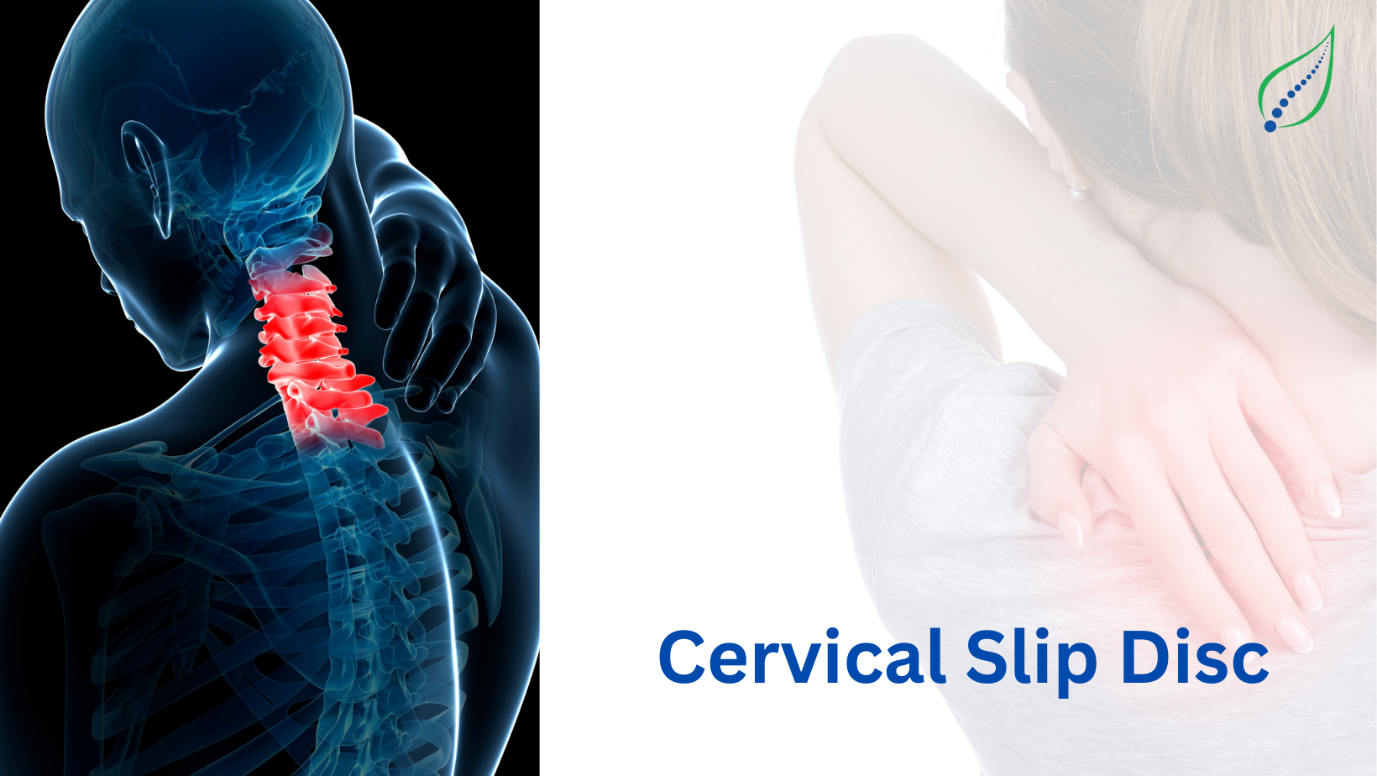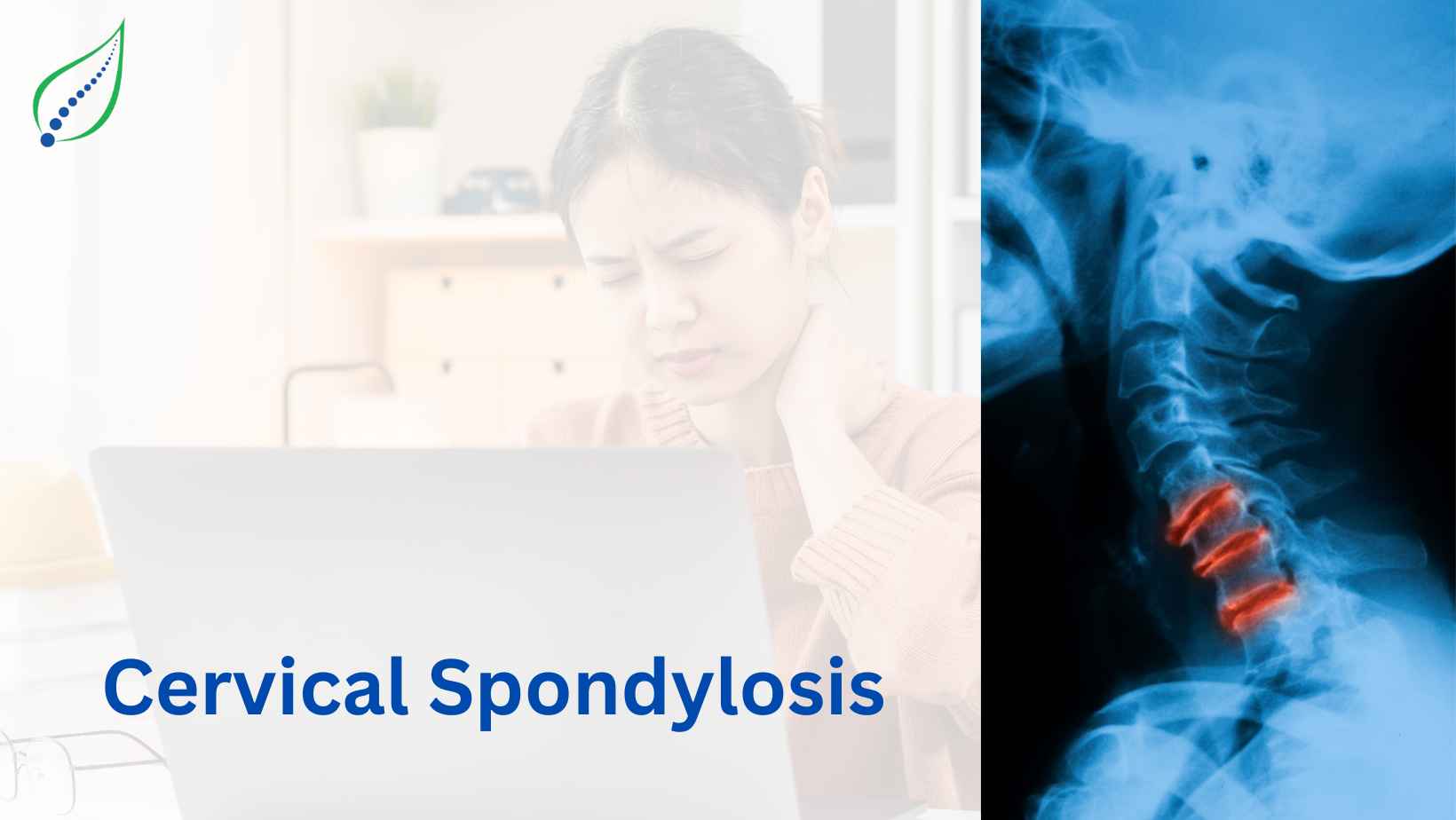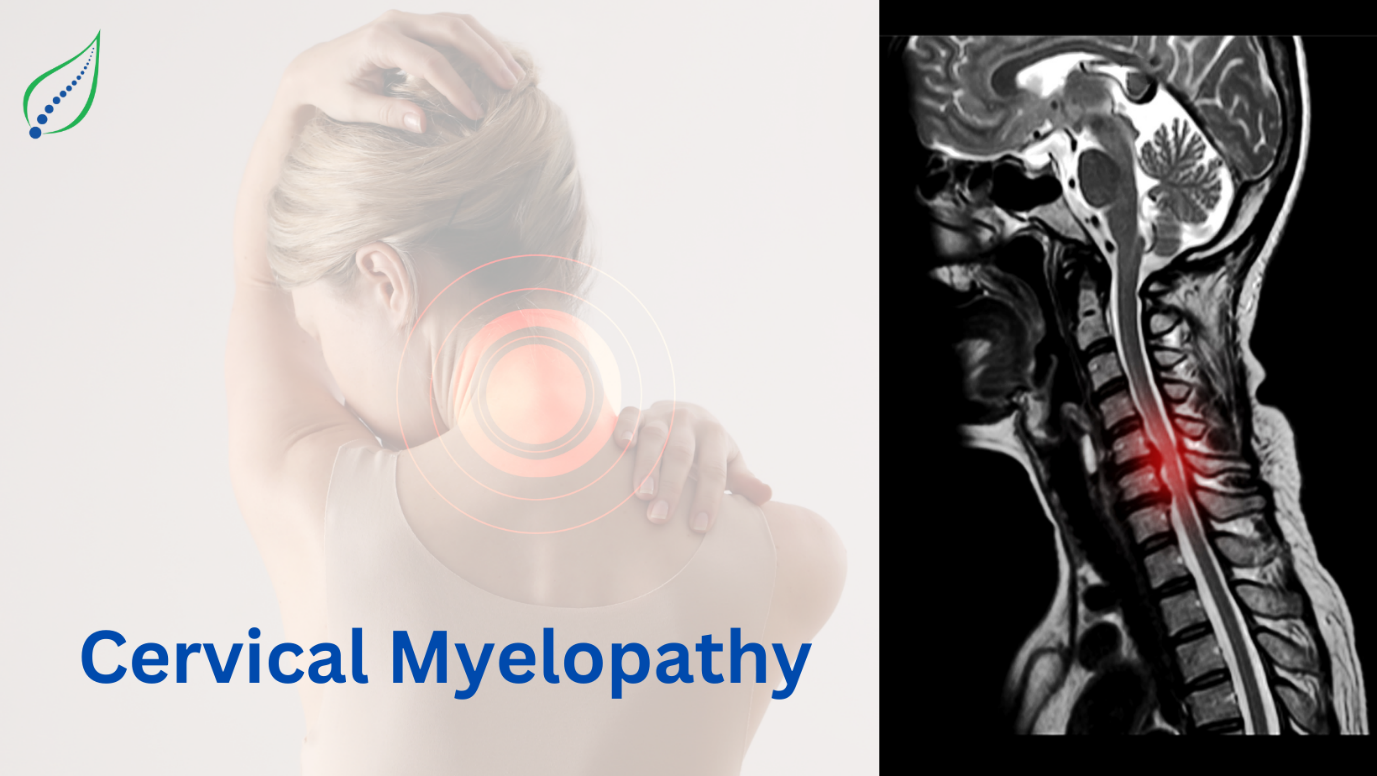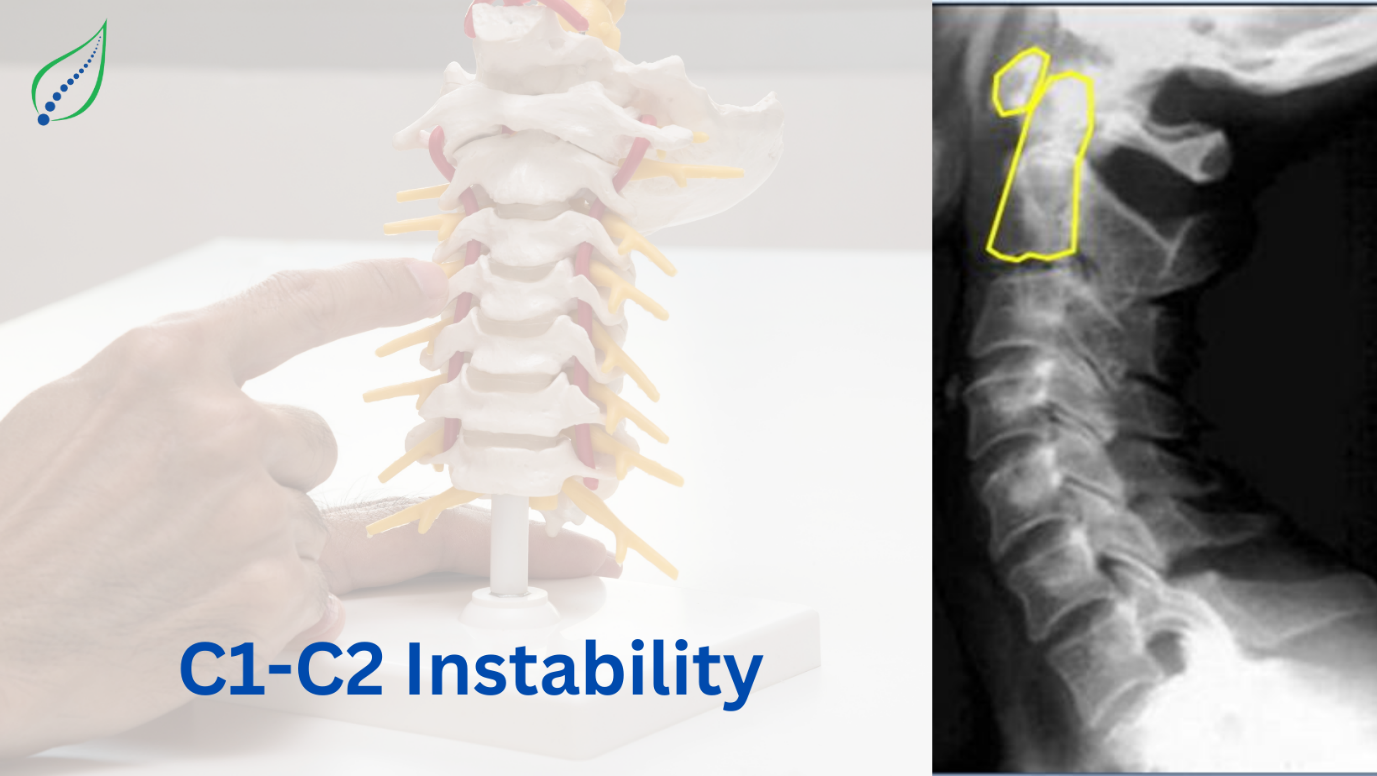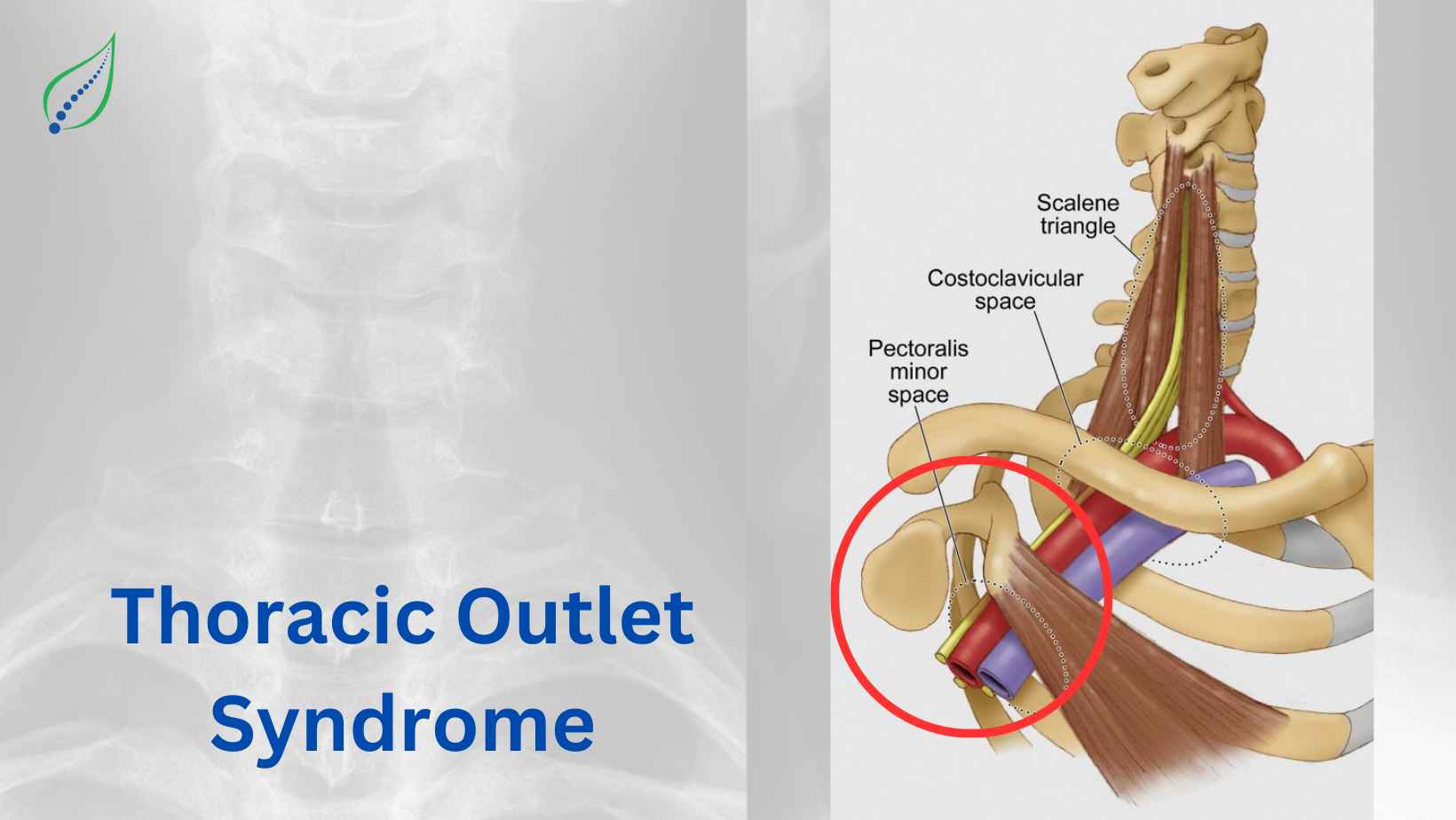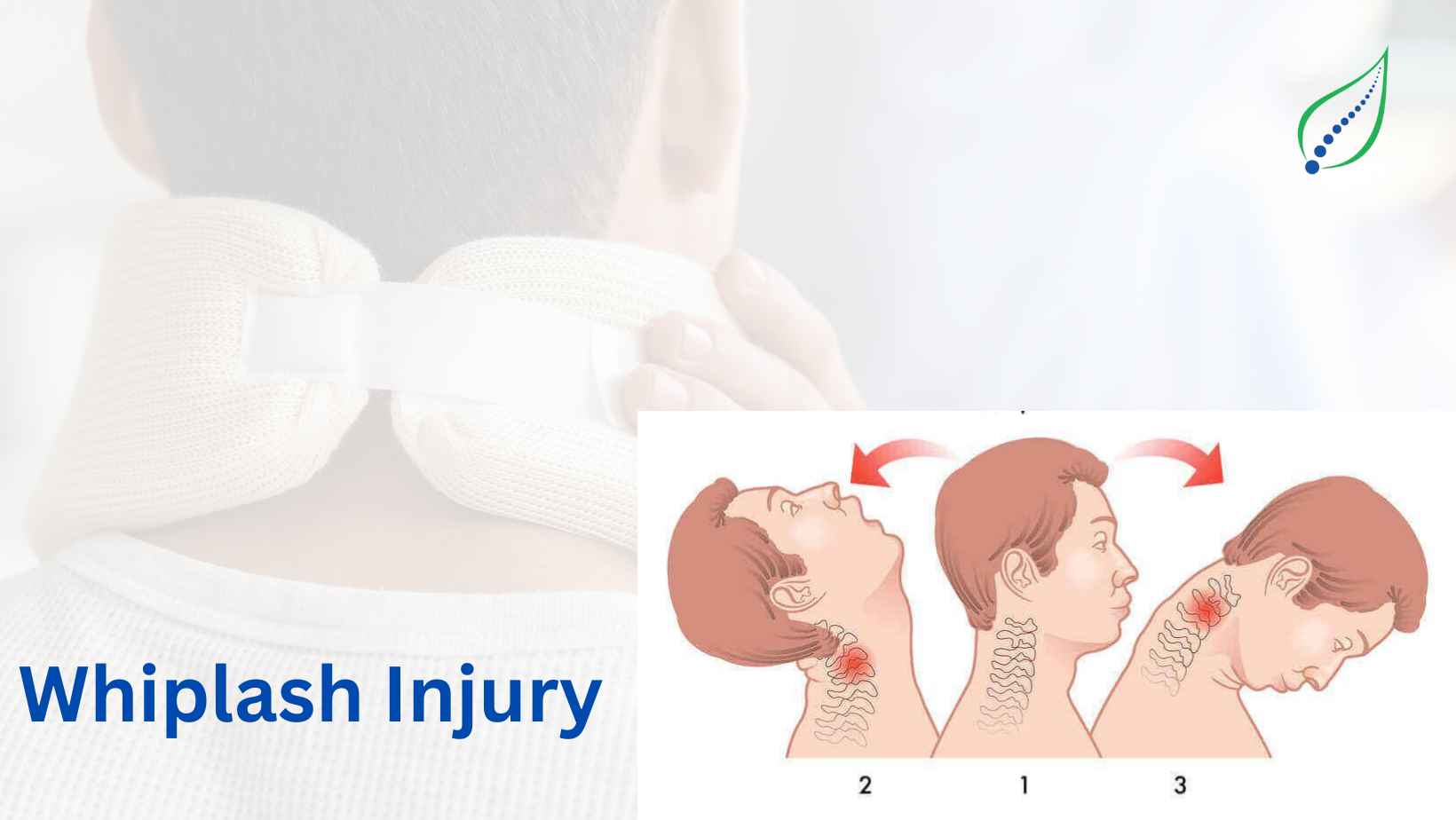Neck Pain
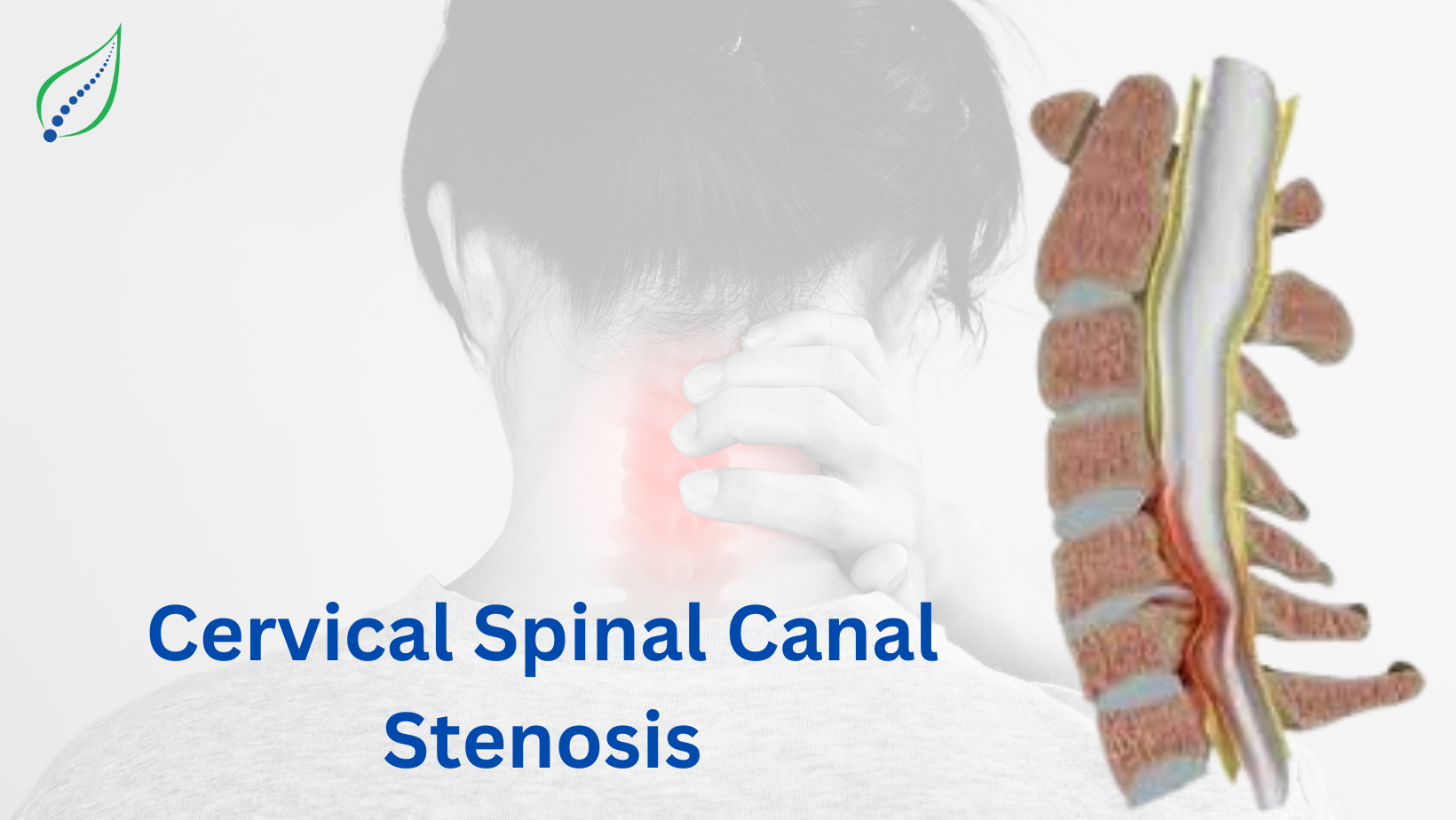
Cervical Spinal Canal Stenosis
Cervical Spinal Canal Stenosis
Cervical spinal canal stenosis is the narrowing of the cervical spinal canal which results in the compression of spinal cord and nerve roots leading to degenerative changes in the cervical spine. It may be the result of traumatic and inflammatory conditions caused by herniated disc.
